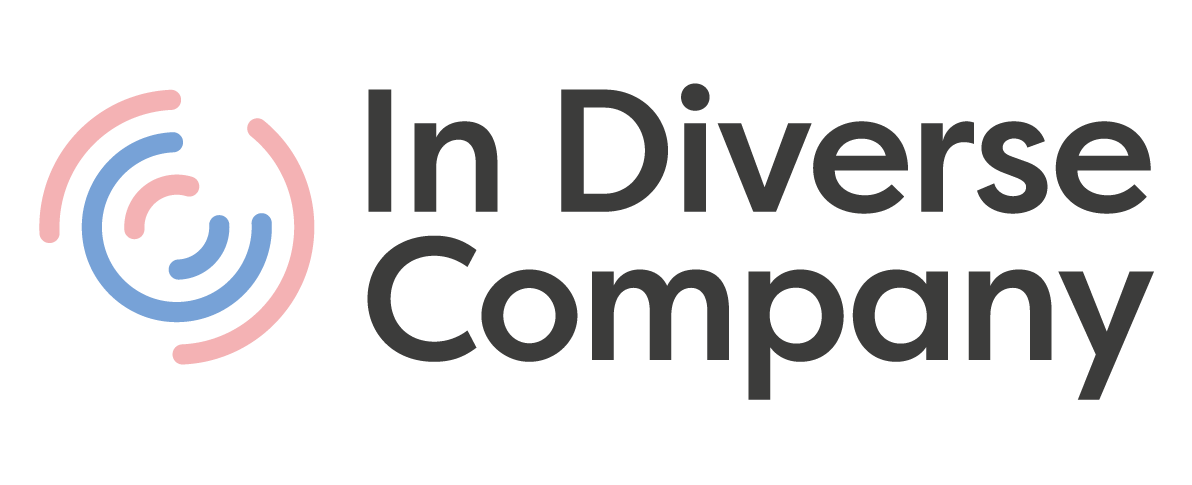By Saloni Bhatia, Psychology Researcher
What is the broken rung?
The ‘’broken rung’’ describes the phenomenon where women in entry level positions are promoted to managerial positions at much lower rates than men (a). This was Identified in research by McKinsey and LeanIn.Org (2021), where ‘’for every 100 men promoted to manager, only 86 women are promoted’’. The ripple effect of such broken rungs spreads across progressive organizational grades, resulting in disproportionately fewer women in subsequent (higher) levels of the organizational hierarchy. This then hampers diversity in senior leadership positions.
How can the broken rung be tackled?
1) Active sponsorship: At an individual level, one way to tackle this is by acquiring a sponsor. A sponsor is typically a senior leader who actively promotes your career advancement by advocating for you (b). This could involve recommending you for a job opportunity, a promotion, or help you get placed on useful projects and assignments.
Sponsors aren’t necessarily your managers or existing mentors but can be others familiar with your work and in a position to help you achieve your personal goals.
2) More inclusive recruitment processes: We know that bias frequently seeps into the hiring process. Some steps that organisations can take to ensure that women receive equal opportunity for promotions include:
- Transparently publishing jobs: This ensures that everyone has access to information about job/growth opportunities within an organization, and that the due recruitment process is followed, reducing the chances of favoritism occurring.
- Anonymizing resumes: Removing personal or cultural identifiers such as name or gender from applicants resumes can help overcome any conscious or unconscious bias against women.
- Clear evaluation criteria: Organisations should set in place clear criteria for scoring and selection. These should be accompanied by structured interviews which typically involve a set list of questions that are asked to all participants.
_
Sources (a, b) :
A sponsor is different from a mentor. A mentor is more focused on providing guidance and advice. A sponsor takes a more active role by recommending their ‘’sponsoree’’ for different opportunities.
https://www.mckinsey.com/featured-insights/diversity-and-inclusion/women-in-the-workplace
Liked this article? Share it with your network:






